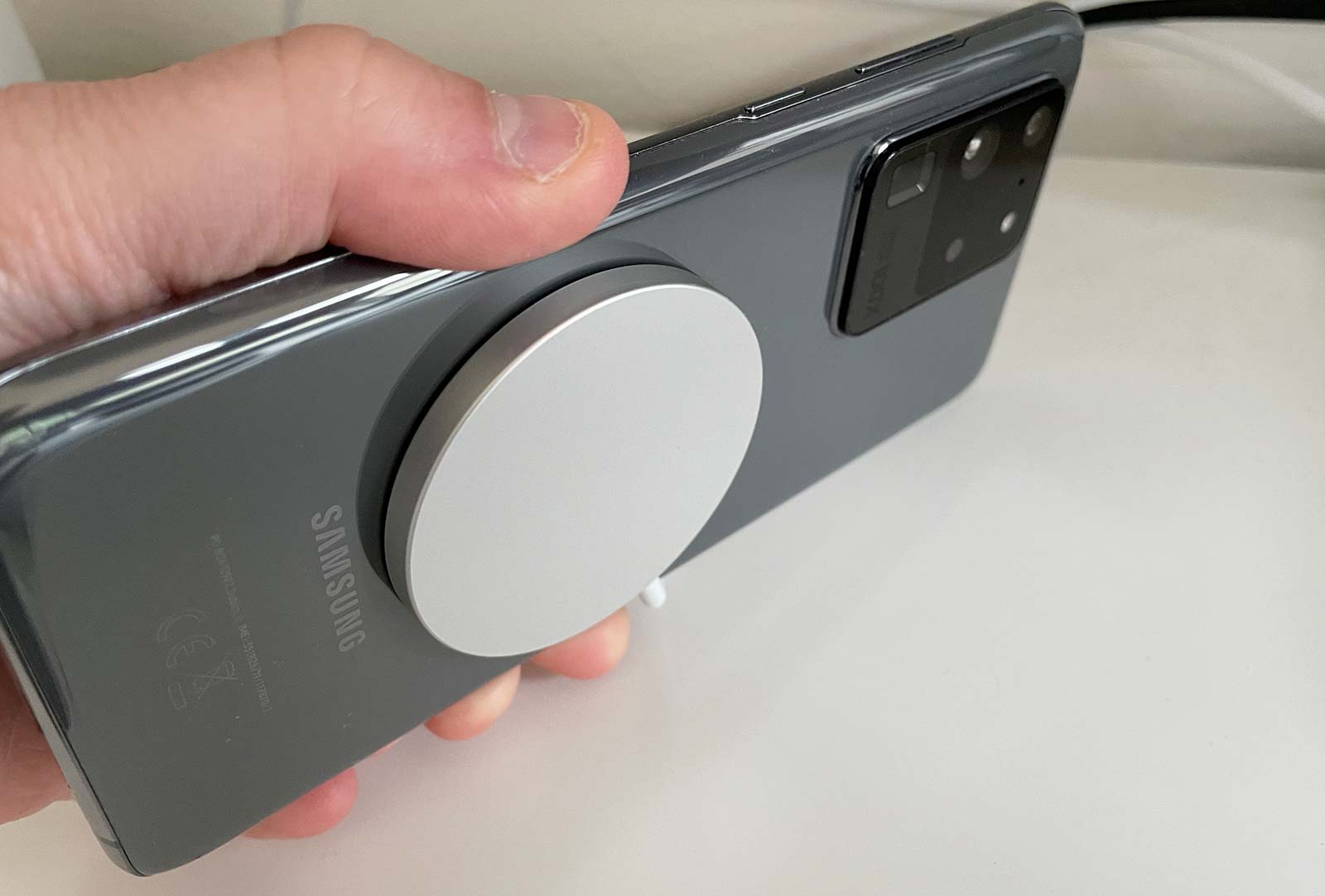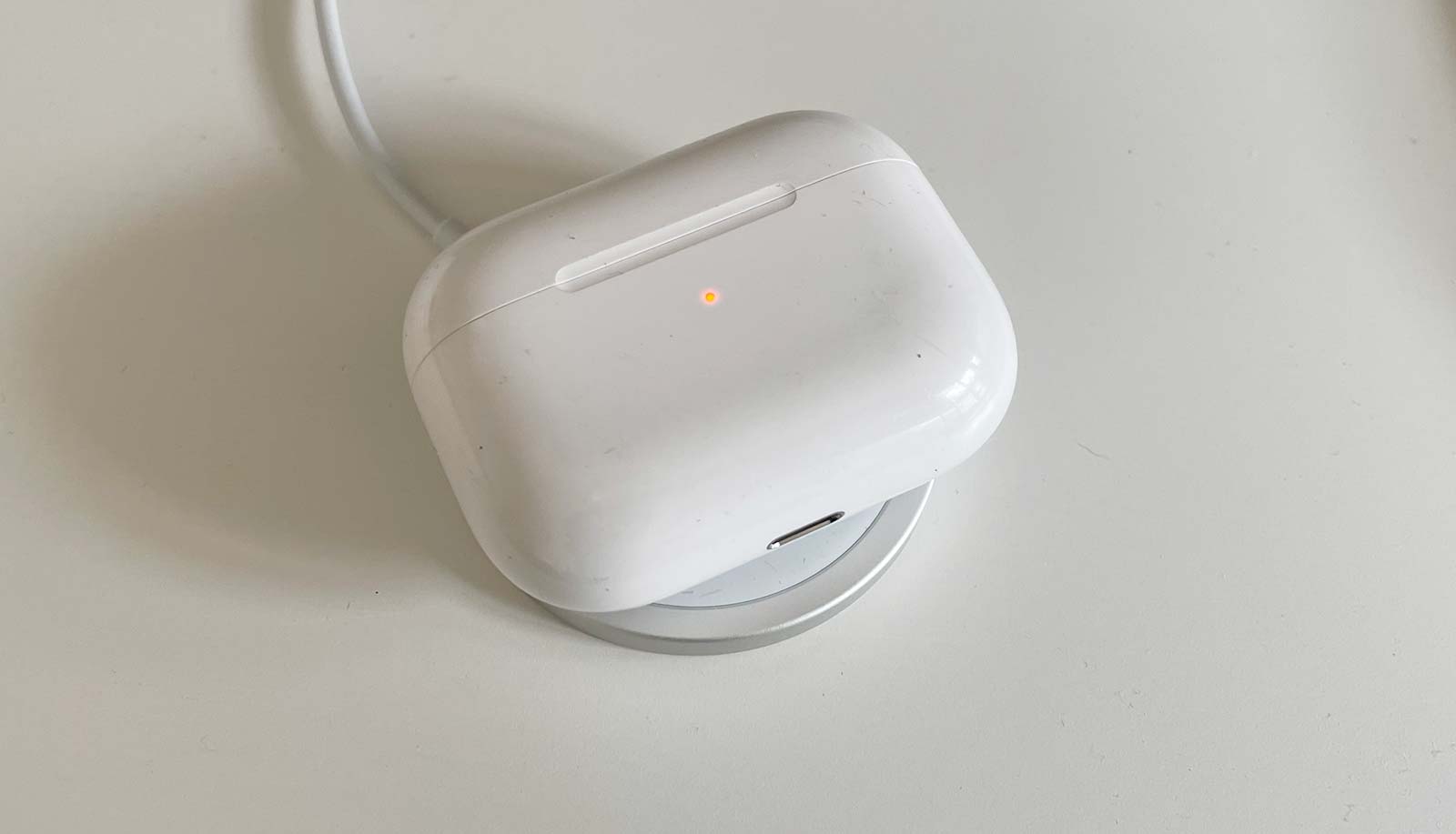Apple has a new wireless charger, and it comes with a magnetic appeal. Will it play nicely with Android phones, too?
If you have a phone with wireless charging, you have two ways to bring its health back to 100 percent: plug it in or leave it on a wireless charger.
Plugging a phone is almost always faster, thanks to some of the limitations of wireless chargers. They’re getting better, and Apple’s recent introduction of its “MagSafe” wireless charger might be a step in the right direction, using magnets to hold a wireless charger in the right position to keep a wireless charger doing its thing in the most optimum way.
Made for the iPhone 12 range and higher, a MagSafe charger will only latch onto the back of device with the specific circular magnets in place around wireless charging panel, something Apple has built in the iPhone 12, iPhone 12 Pro, iPhone 12 Pro Max, and iPhone 12 Mini.
The magnets needed for a successful MagSafe connection are missing in the old iPhones, because they were never included. Wireless charging from the MagSafe charger still works with older iPhones because it’s still just a wireless charger, it’s just that the magnets make it hold onto iPhone 12 magnets (and presumably higher, when new iPhones come out).
But because Apple isn’t the only company to make a phone that supports wireless charging, the MagSafe charger will work with other phones, including Android phones.
Which Android phones work on MagSafe?
Not every Android phone comes with wireless charging, as this is a feature that has primarily been left to the high end over the years.
You’ll find wireless charging across Samsung’s Galaxy S and Galaxy Note range including the Samsung Galaxy S8, Galaxy S9+, Galaxy S10 range, and Galaxy S20 models, plus the Galaxy Note 8, Galaxy Note 9, Galaxy Note 10+ (and Note 10, too), and Galaxy Note 20 range, as well as well as numerous models from LG, Google, and others such as the Google Pixel 3 XL, Google Pixel 4 XL, Google Pixel 5, LG V50, and plenty of others, too.
That means you can charge an Android phone with the MagSafe charger, but that it might not lock onto the back using the magnets, because there’s no metal to do so.
At the time of testing, the only two phones that we found to lock onto the MagSafe charger were the Samsung Galaxy S20 Ultra and the Google Pixel 5 (above), the latter of which is the only phone with an aluminium body and to feature wireless charging. However, while the Google Pixel 5 can latch onto the MagSafe magnetic connection, our tests showed it didn’t deliver the sustained 15W of charging that Apple’s MagSafe charger is built to deliver.
It means that while the MagSafe charger can work with Android phones — and metal bodied Android phones, at that — it needs the magnetic ring Apple’s iPhone 12 range offers to get the MagSafe connection working properly.
Can you charge wireless earphones over MagSafe?
The same logic for charging Android phones on a MagSafe wireless charger works with earphones that can be wirelessly charged, such as the AirPods (with a wireless charge case), AirPods Pro, Altec Lansing True Evo, the Bose QuietComfort earbuds, Oppo’s Enco W51, and the Jabra Elite 85t.
Models of earphones with a wirelessly charged case can be charged using the Qi wireless charging standard, which MagSafe delivers on.
However like the Android phones, none of these feature a magnetic ring in the design, so they can’t latch onto MagSafe’s magnetic design, and thus won’t get the full 15W power that MagSafe delivers to supported models in the iPhone range.
So yes, AirPods and AirPods Pro can be charged by a MagSafe charger, even if the magnet doesn’t latch on.








